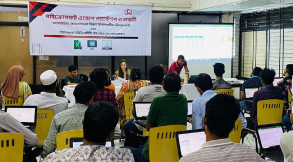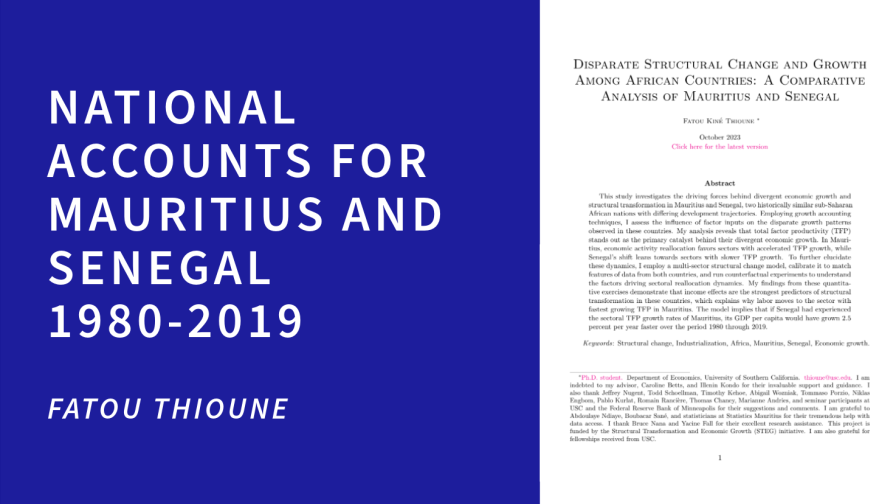Recent data from the International Labour Organization reveals that female employment rates have been falling in many developing countries, including many African countries and the two largest economies, China and India. One salient feature of the early development stage is the decline in agriculture employment share. Labour moving out of agriculture often faces various barriers, especially for women transitioning, which could help to explain the decline in female employment rates. The aim of this research, focused around the hukou system in China, is to examine the relationship between the decline in agriculture and the decline in female employment, and how the relationship is affected by labour mobility barriers.
The study uses micro data from the censuses and one percent population surveys to construct a national time series by aggregating individuals from 1982-2015 and repeated cross-sections that cover 15,246,503 individuals from 31 provinces over 1990-2010 (when hukou information is available). The research team first examines time series patterns of employment by gender and hukou at the national level. They then conduct regression analyses using repeated cross‐section data before evaluating how structural transformation shapes individual employment outcomes by gender and investigating the interactive effect of structural transformation and the hukou system on employment by gender. While employment rate captures the extensive margin, the researchers use hours data from the China Health and Nutrient Survey to construct the intensive margin of labour market outcomes. Finally, they use output data from the China Statistical Yearbook and wage data from the Urban Household Survey to quantify the impact of mobility barriers by conducting counterfactuals of the quantitative model.
This research highlights the spatial context of structural transformation and the role of mobility barriers. It focuses on China because of its strictly implemented hukou system. During 1990 to 2010, China experienced a large decline in agriculture and various provinces have implemented reform to the hukou system. The researchers exploit the cross‐province variation to learn about the role of mobility barriers on female employment. They believe the Chinese experience is useful for other developing countries that are experiencing decline in agriculture in the presence of various forms of mobility barriers, especially those low‐income countries in Sub‐Saharan Africa. For the academic field on gender, this research highlights the important roles played by the spatial context and mobility barriers.










































